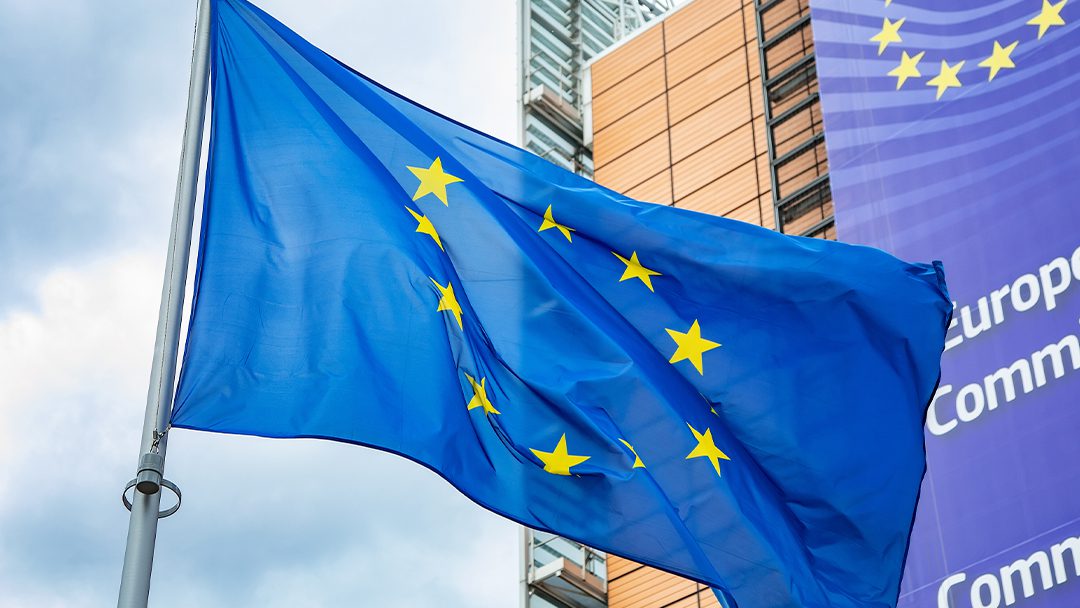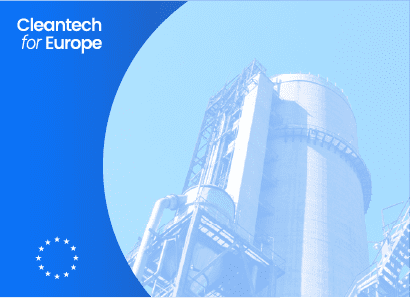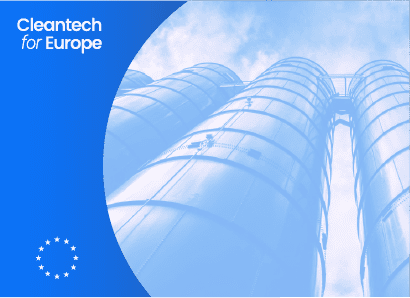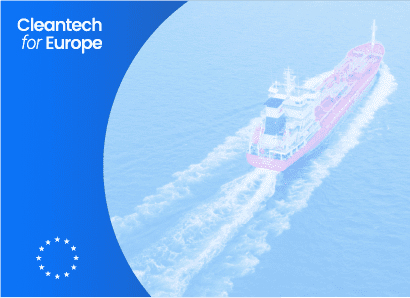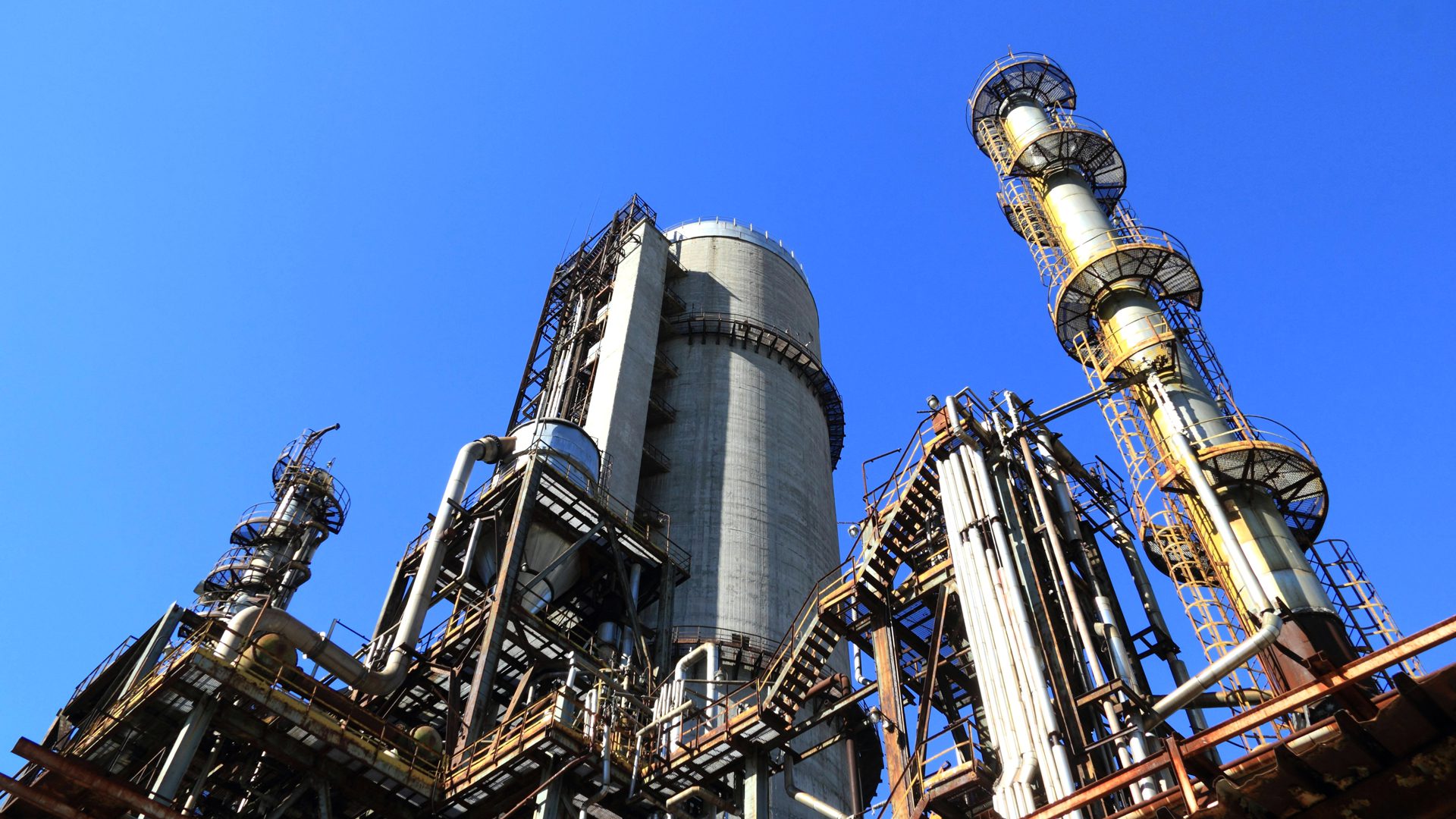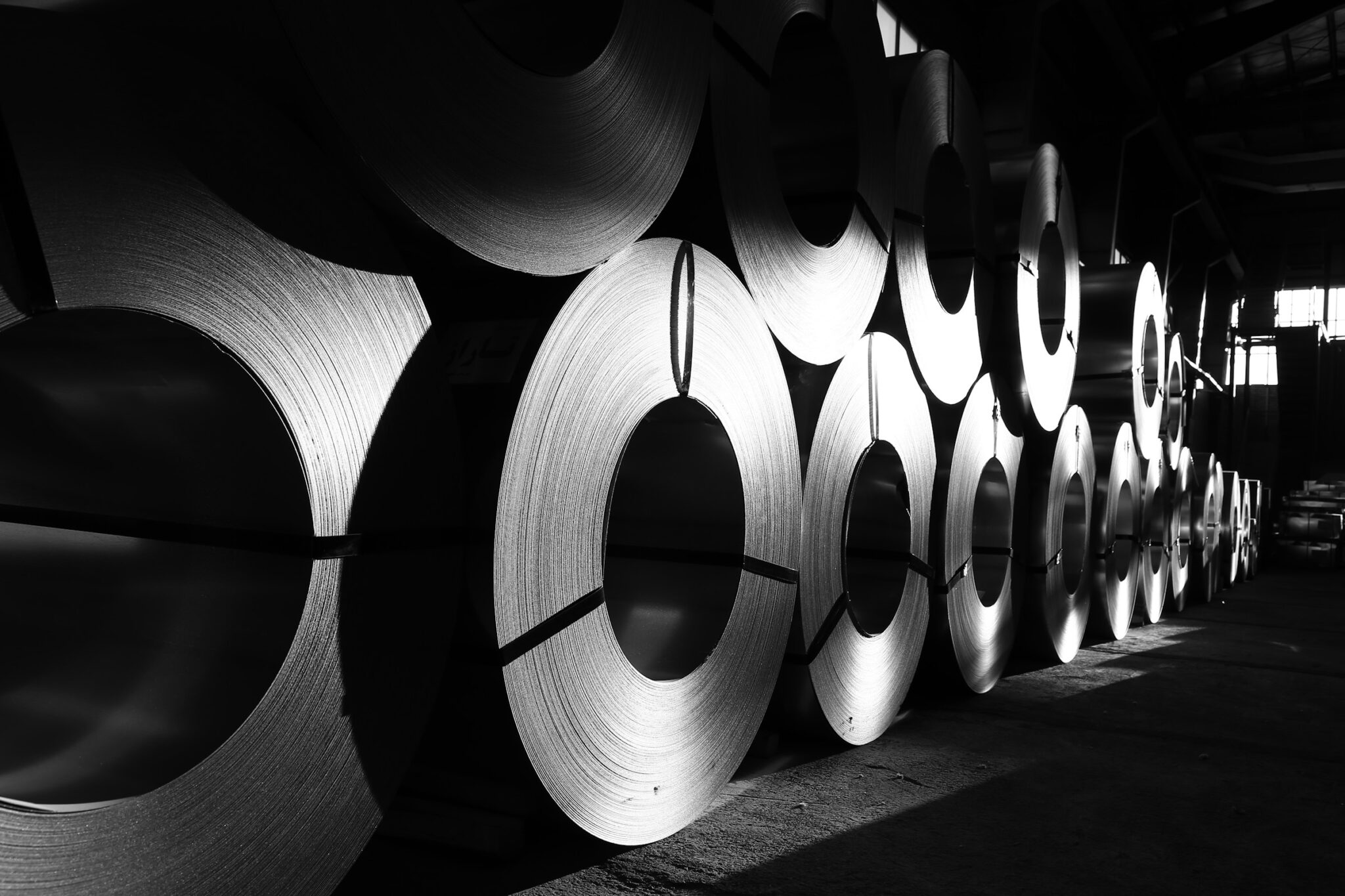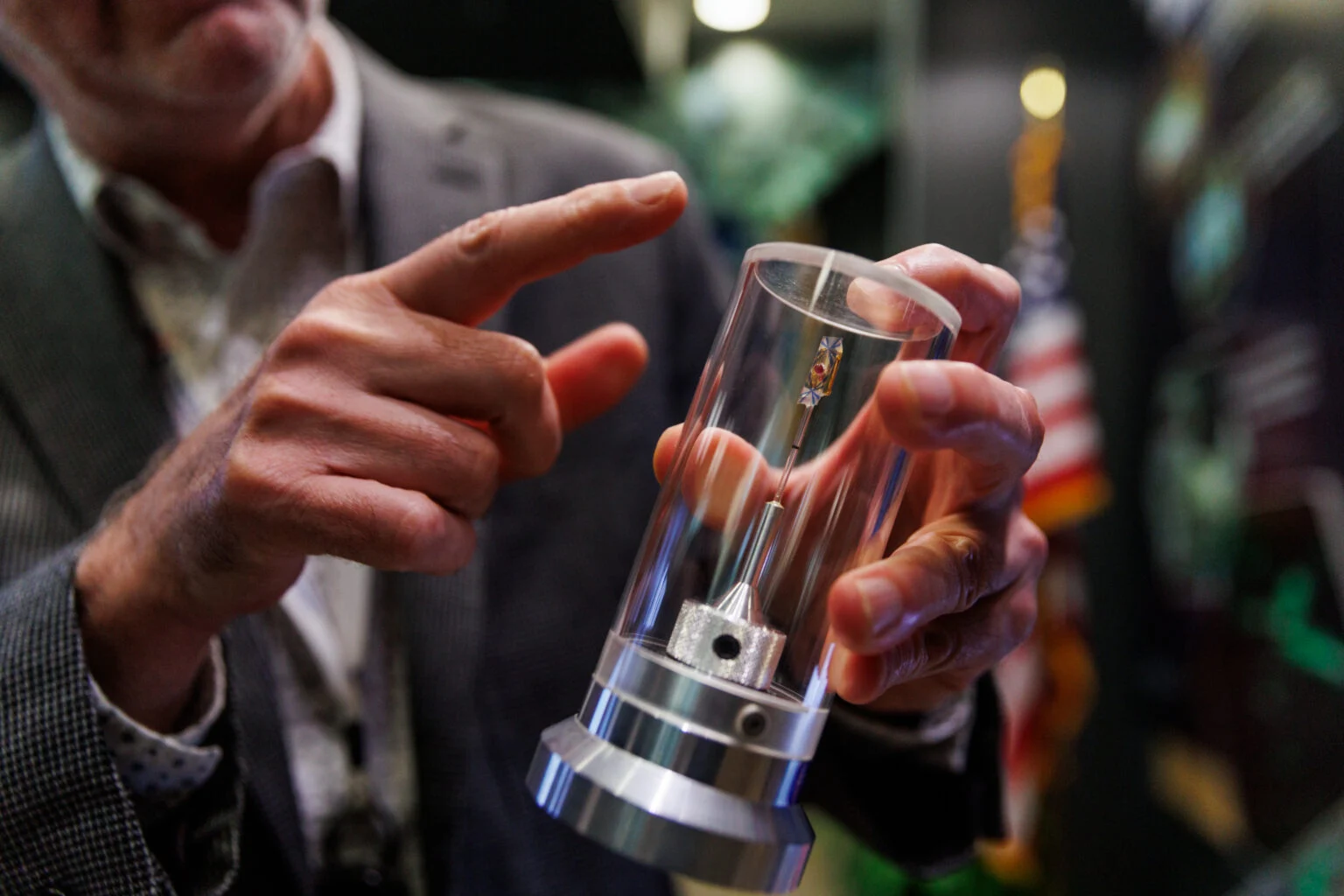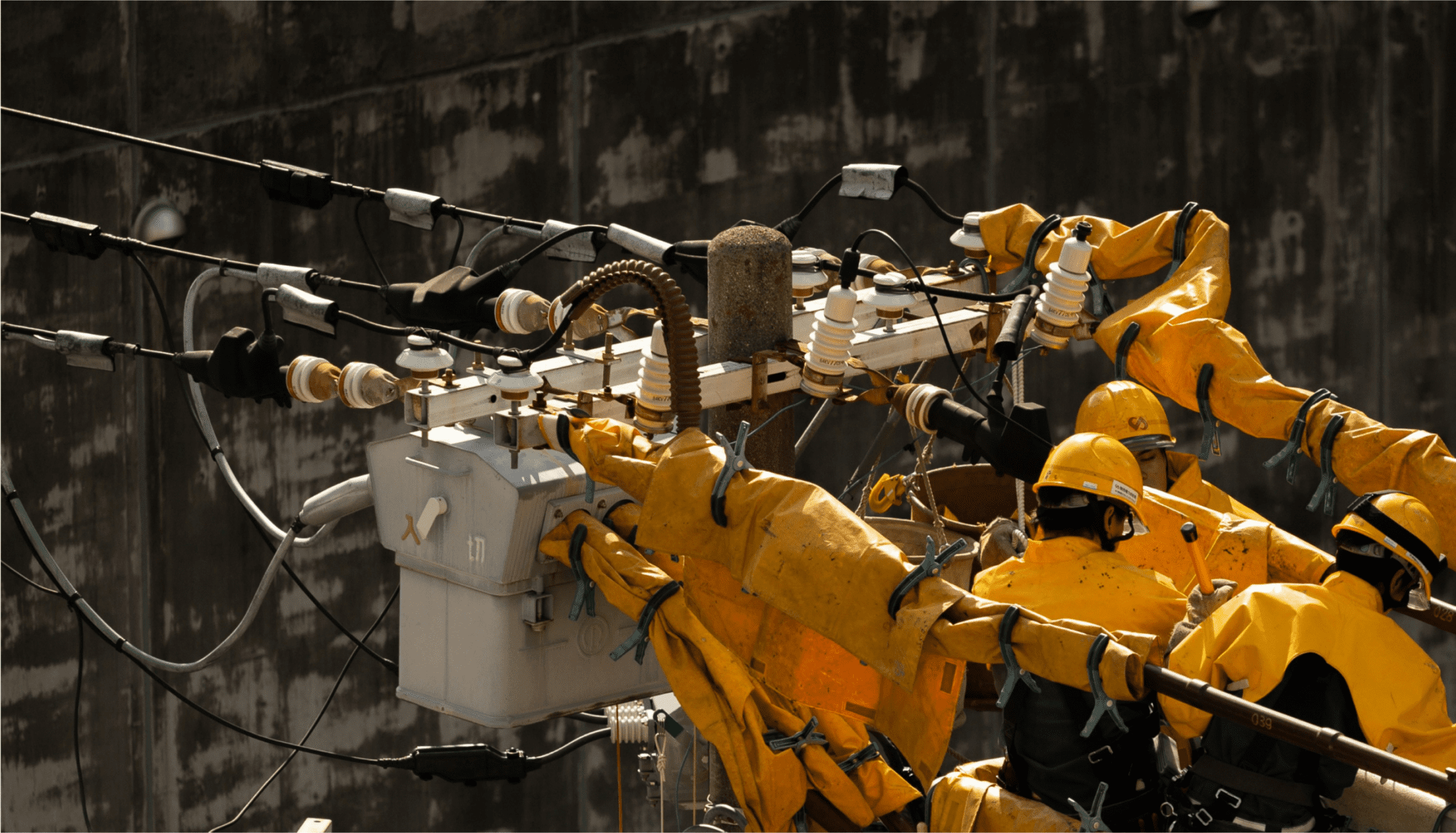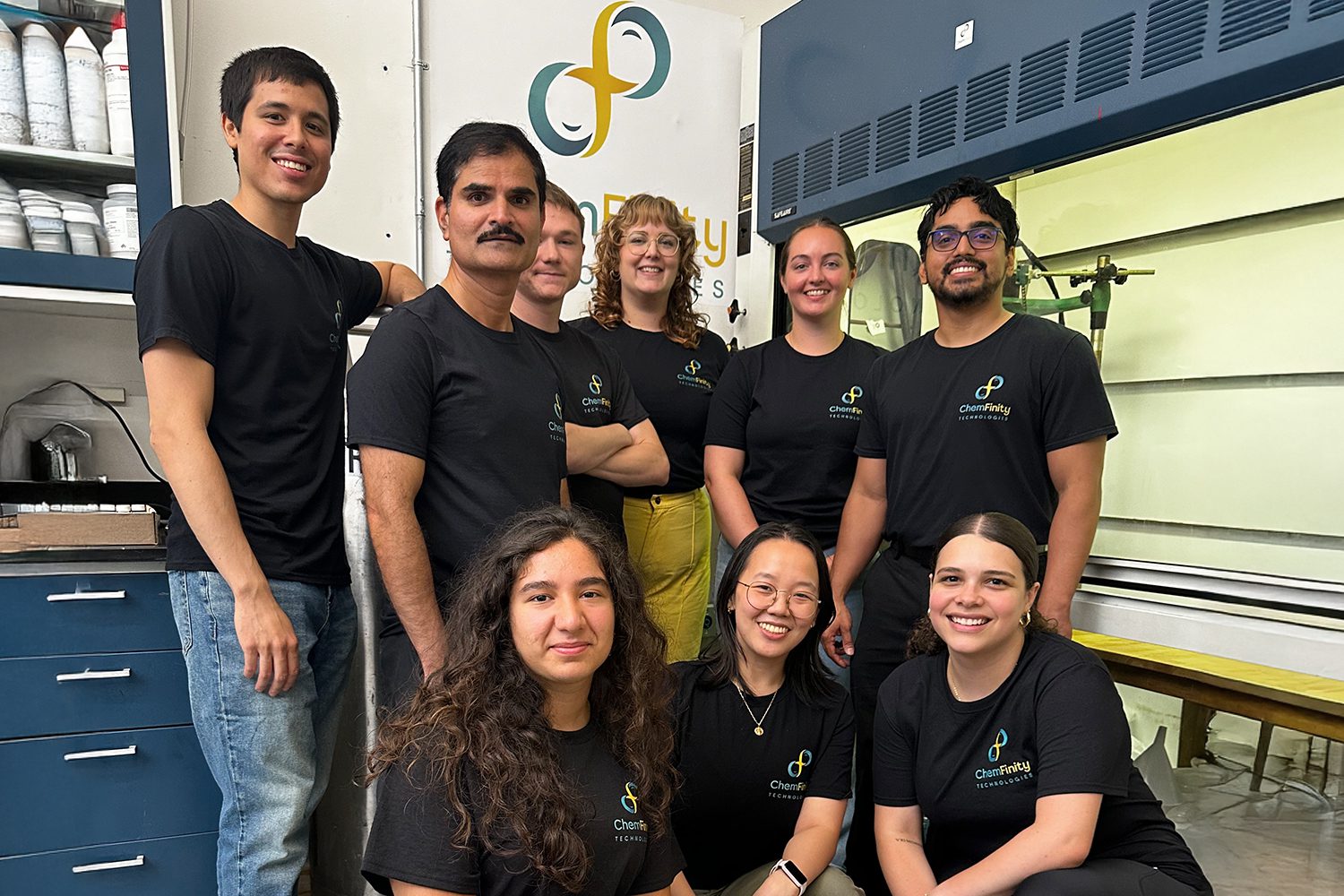When it comes to cleantech, European policymaking needs to shift gears. In a world of increasing global competition and geopolitical challenges, in which industrial policy is making a ferocious comeback, targets – even the most ambitious – are nothing to celebrate until they are achieved. In Europe, too often strategies don’t result in progress and laudable goals aren’t reached. Nowhere is this more apparent than in Europe’s goal to reach net zero, which while admirably ambitious is on the whole far from being achievable at the current rate of progress. Consider: by 2030, meeting Europe’s climate targets will require 500-900 gigawatts of extra solar and wind capacity, 11-20 million tonnes of renewable hydrogen use, and 0.6 million tonnes of Sustainable Aviation Fuels, among other clean technologies. It’s a tall order.
Since it was launched, Breakthrough Energy Europe has set out to share what we know about clean tech innovation: from discovery and development all the way to deployment. Success and impact will always be predicated on the actual use of clean technologies and it’s here where Europe too often falls short, both in manufacturing and deployment. This is why it is imperative to have a ‘reality check’ from time to time. Despite the ambition of the 2020 Green Deal, today’s realities point to serious challenges: whether in electric vehicles or batteries, renewable hydrogen or electrolysers, wind and solar, heat pumps, sustainable fuels, there is not a single unequivocal success story.
With the European Commission slated to come out with a Clean Industrial Deal in the first 100 days of its new mandate, it is more urgent than ever that policymakers strive harder to use real-time metrics that shed light on actual performance – and not bask in the warm glow of far-off targets. That’s why at the start of a new political cycle in the European Union, when Europe is facing a ‘scale or fail moment’, we’re kicking off this Cleantech Reality Check series.
Over the coming months we will provide a snapshot of the enablers, barriers, and action agenda for select technologies and sectors that are of strategic importance to Europe’s industrial future. What will this entail? For a start, looking at whether final investment decisions are reached on clean energy projects – not just at announcements made. It is also necessary to measure not only supply but actual demand: is anyone buying the clean technologies we are trying to nurture? Is investment flowing into the technologies and industries we’ve prioritised, and what share is coming from the private sector? These metrics provide valuable insight into the state of the clean energy transition in Europe and important cues as to where private investors see opportunity and future markets. But only if we make the effort to look.
We purposefully kick off the series renewable hydrogen, an emerging clean technology that dominated EU political discourse and attention for several years, and where European ambition is epitomised by some of the world’s boldest targets. In an effort to not only offer the latest critical data points pertaining to Europe’s overall performance on hydrogen but also shed light on its end use in key markets, we include deep dives on shipping, aviation and refineries.
It is our hope that such a timely reality check can help policymakers, industry leaders, startups and investors to assess the progress made to date, and if necessary, rejig strategies or pivot to entirely new approaches. After all, innovation rarely presents itself as a linear pathway and is more akin to a multidimensional game of chess. And if we want to win this game, it is time to sharpen up, speed up and scale up.
The Cleantech Reality Check is published jointly by Breakthrough Energy and Cleantech for Europe, with analytical support provided by Systemiq. Read part two of the series on Electrification here.

